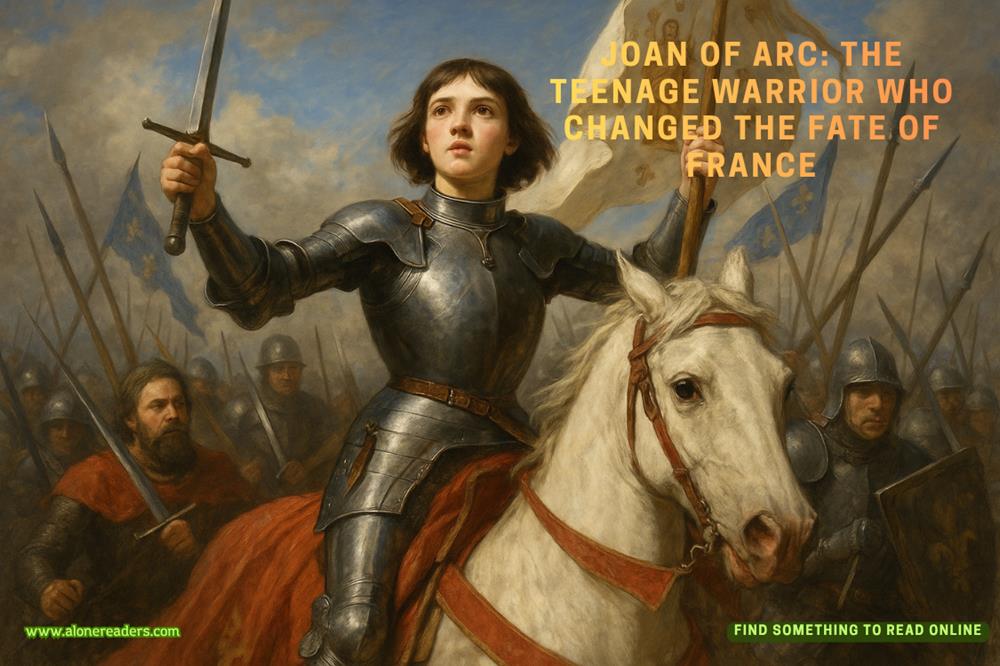Being together for ten years was like listening to your favorite song too many times on the radio. You knew all the words but you’d lost all the feelings the song used to give you—the things that made you love it in the first place. And it’s confusing, because the words are all the same and so are the beat and melody—nothing’s changed. Except that now when it plays, you sort of want to change the station.
At the house, I searched the kitchen first, pulling open drawers. I knew I had a spare disposable camera somewhere from one of the girls’ birthday parties. When the kitchen search proved fruitless, I moved on to the old storage closet in the front hall. Charlotte trailed after me through the house, and Seraphina followed her, bobbing along like a little duckling in her sister’s wake, pigeon-toed and wobbly.
I pulled down an unmarked cardboard box from the top shelf in the closet and set it on the floor.
“What’s that?” Charlotte asked.
“Odds and ends,” I said.
There were old videocassettes and photo albums. At the bottom of the box, something caught my eye.
“Aha,” I sang out.
“What is it?” Charlotte asked.
I held it up for her to see. It was a matte black thirty-five-millimeter film camera.
“This is a very old-school camera,” I said, checking to see if it was loaded with film—it was. “This is what your Daddy and I used to take pictures with when we were your age.”
I looked at the picture count at the top. There were twenty-five pictures left—practically a whole roll. I pressed the power button, which did nothing.
“It’s broken,” Charlotte said, disappointed.
“No, it just needs new batteries,” I said. “Wait here.”
I padded back to the kitchen and grabbed a pair of AA batteries from a drawer. I pressed the power button again, and this time, it sang to life. I ran back to the hall to show Charlotte.
“It’s all fired up for you,” I said, handing Charlotte the camera. “Be gentle with it, though, it’s very old.”
“Where’s the screen?” Charlotte asked.
“There is no screen,” I said. “You won’t be able to see the pictures until we get the film developed. You have to put your eye to the viewfinder to see what you’re taking the picture of.”
I pointed to the viewfinder on the camera, and Charlotte raised the camera to her eye.
“Like this?” she asked.
“Like that,” I said.
Her finger hovered over the button to snap a picture. I reached out a hand to stop her, but it was too late. The flash went off.
“Cool,” Charlotte sang out.
I laughed. “You’ll have to be selective in what pictures you take,” I told her. “You only have twenty-four shots left now for the whole weekend.”
Charlotte lifted the camera to her face again, but she didn’t take a picture. She looked one way down the hall through the camera’s lens, and then the other.
“Okay,” she said.
On Sunday, before we returned to the city, I stopped by the Walgreens on the corner of Third and Main in Hillsborough to pick up Charlotte’s pictures. There were two attendants in the back corner of the shop where the photo center was—an elderly man with glasses and a younger man who couldn’t have been more than twenty, who wore his pants low on his hips so you could see several inches of his boxers when he turned around. The older man came to the counter to assist me.
“I’m here to pick up some film I dropped off earlier,” I said, pulling out my wallet. “The name’s Grace Calloway.”
The younger guy who was sorting through rolls of film behind the counter dropped a canister and it clattered to the floor. He turned to look at me, and there was something like shock on his face.
“Uh, I can go grab that order, actually,” he said to the older man. “I remember developing it earlier. I’ll be right back.”
He disappeared into the back room and the older man assisting me smiled at me as we waited. The kid came back holding up an envelope.















